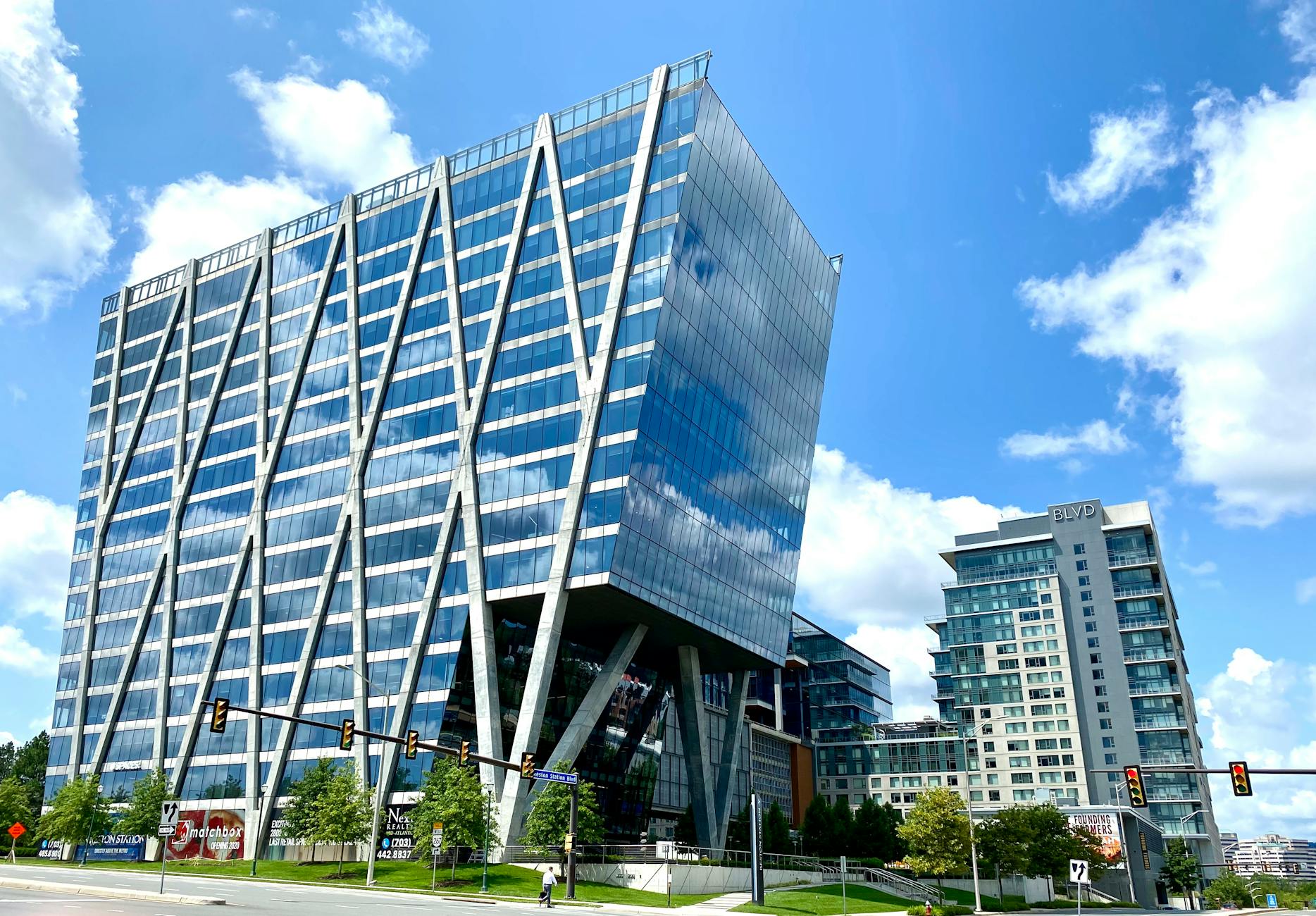Emerging Trends in Affordable Housing Development
Emerging trends in affordable housing development reflect a dynamic response to one of the most pressing challenges of our time: providing accessible, quality homes to growing urban populations while managing costs effectively. As cities expand and socio-economic stresses increase, developers, policymakers, and communities are exploring innovative solutions to meet housing demands without compromising affordability or sustainability. This article delves into the latest strategies and technologies shaping the future of affordable housing. From modular construction and green building practices to community-focused planning and financial innovations, these trends signal a shift toward more efficient, cost-effective, and inclusive developments. Understanding these emerging trends is critical for stakeholders aiming to impact housing accessibility and urban resilience positively.
Modular and prefabricated construction techniques
One of the most revolutionary changes in affordable housing development is the widespread adoption of modular and prefabricated construction. These methods involve assembling building components off-site in controlled factory environments, which significantly reduces labor costs, construction time, and material waste. Compared to traditional construction, modular homes can be built in a fraction of the time, making housing projects responsive to urgent demand.
Furthermore, modular designs allow for customization and scalability, adapting to different urban settings and housing needs. This flexibility not only drives down costs but also enhances quality control, as factory-built components face stringent inspections before delivery to the site.
Sustainable building and energy efficiency
Affordable housing development is increasingly incorporating sustainable materials and energy-efficient systems. Green building certifications like LEED and Passive House standards are becoming common even in budget-conscious projects. Developers recognize that energy-efficient homes reduce utility costs for residents, making long-term living more affordable.
Use of renewable energy sources, advanced insulation technologies, and smart home systems optimizes energy consumption. Additionally, sustainable site planning—such as incorporating green spaces and rainwater management—improves environmental resilience and community well-being, aligning economic goals with ecological considerations.
Innovative financing and policy frameworks
Emerging trends also highlight the role of innovative financing mechanisms that help bridge funding gaps in affordable housing projects. Public-private partnerships, community land trusts, and social impact bonds are reshaping how projects are funded and managed. These models distribute risk and increase capital flow while ensuring the long-term affordability of units.
Policy innovations, such as inclusionary zoning and density bonuses, encourage developers to integrate affordable units within larger mixed-income developments, thereby promoting social diversity and economic integration. Additionally, streamlined permitting processes and tax incentives accelerate project completion and reduce overhead costs.
Community-centric development and design
A growing emphasis on community involvement and human-centered design defines much of the current movement in affordable housing. Rather than delivering generic housing blocks, developers are engaging residents and stakeholders early in the planning process to ensure designs reflect local needs and cultures.
This approach fosters social cohesion and empowers communities through shared spaces, accessible amenities, and adaptable housing layouts that accommodate changing family dynamics. Mixed-use developments that combine residential units with commercial and social services support economic vitality and improve residents’ quality of life, creating a more holistic approach to affordability.
Conclusion
The landscape of affordable housing development is evolving rapidly, driven by innovative construction methods, sustainable practices, creative financing, and community-oriented planning. Modular and prefabricated construction bring efficiency and cost savings, while green building techniques ensure long-term affordability through energy savings and environmental stewardship. Financial and policy innovations open new pathways for investment and equitable urban growth, balancing developer incentives with resident needs. Importantly, engaging communities in design and planning leads to housing that is not only affordable but also supportive and adaptable. Together, these emerging trends offer a comprehensive framework for addressing the urgent need for affordable housing, highlighting a future where accessibility, sustainability, and inclusivity coexist harmoniously.
Image by: Andreas Leindecker
https://www.pexels.com/@andreas-leindecker-730264322
editor's pick
latest video
news via inbox
Nulla turp dis cursus. Integer liberos euismod pretium faucibua

